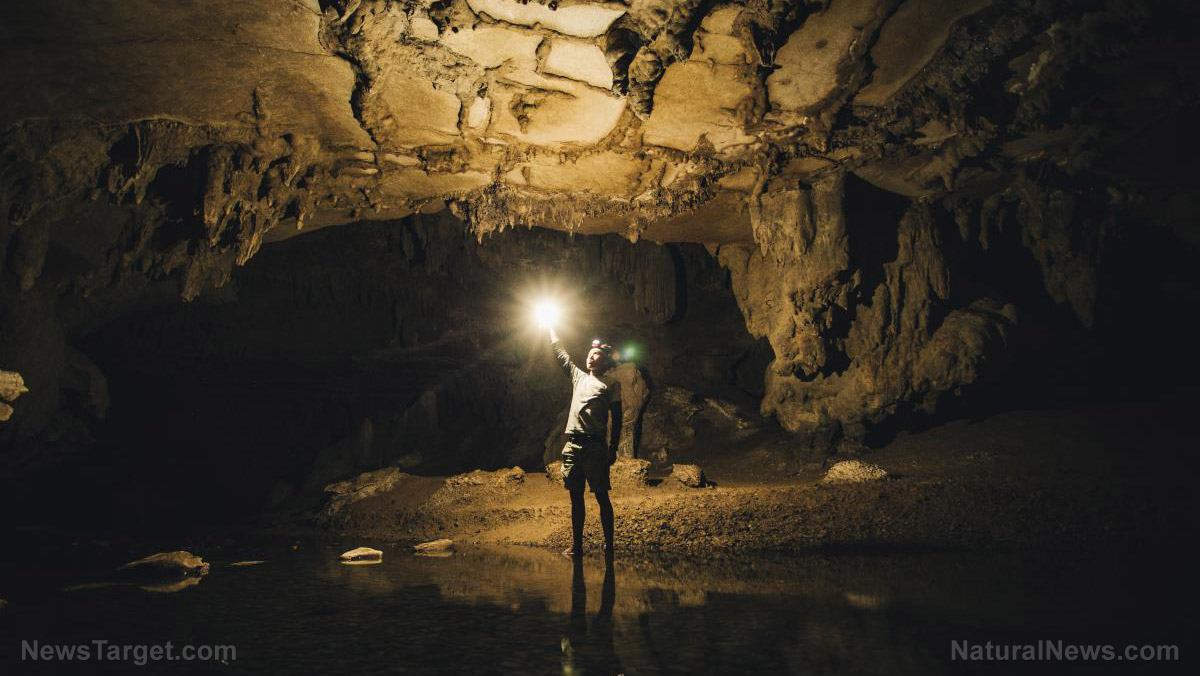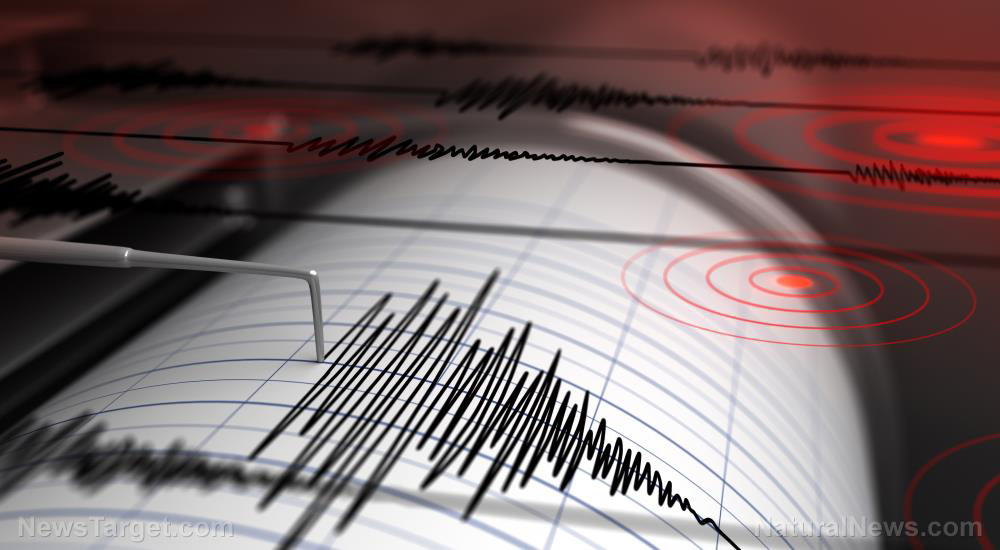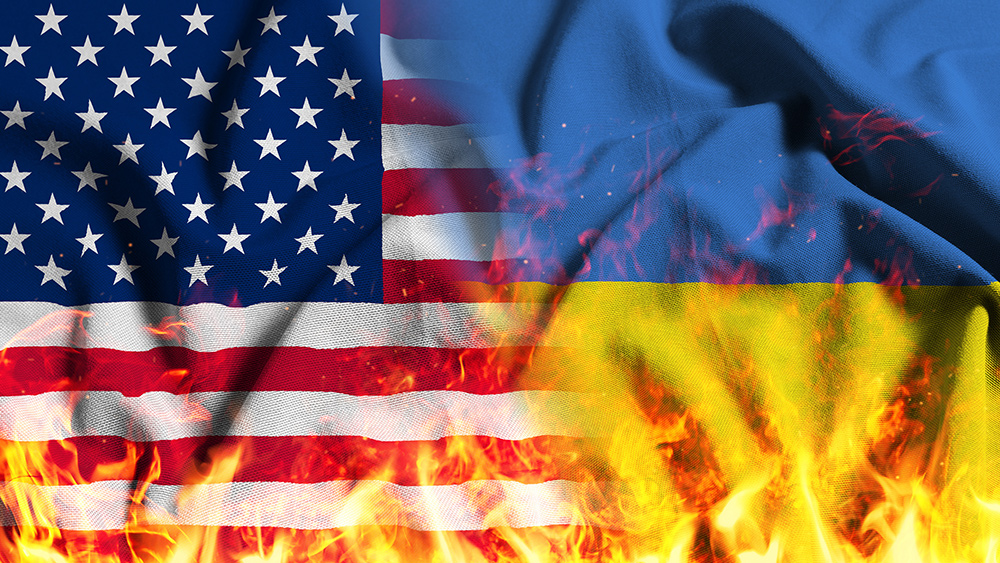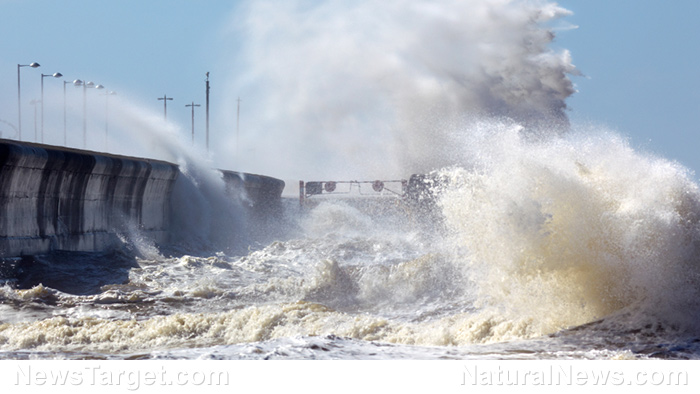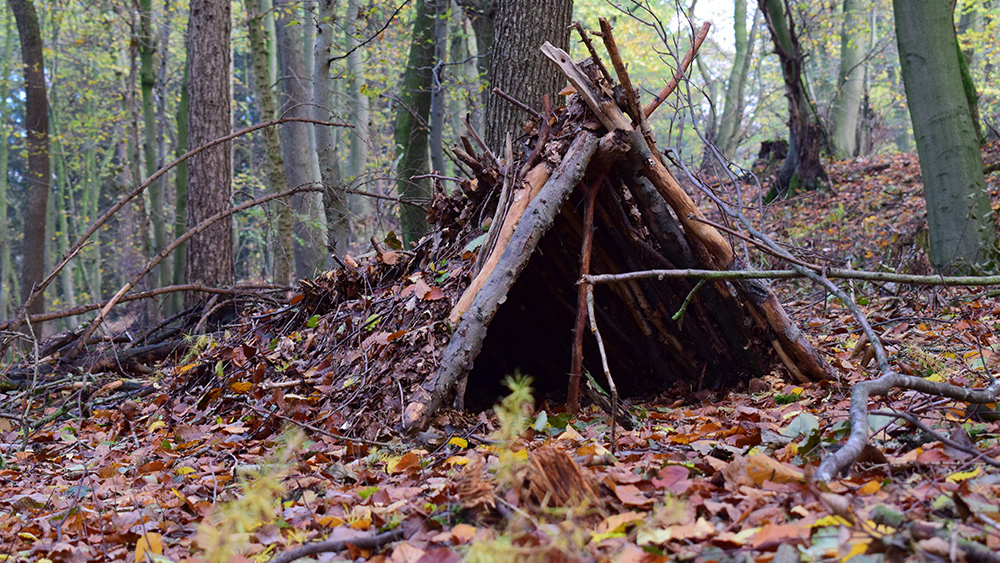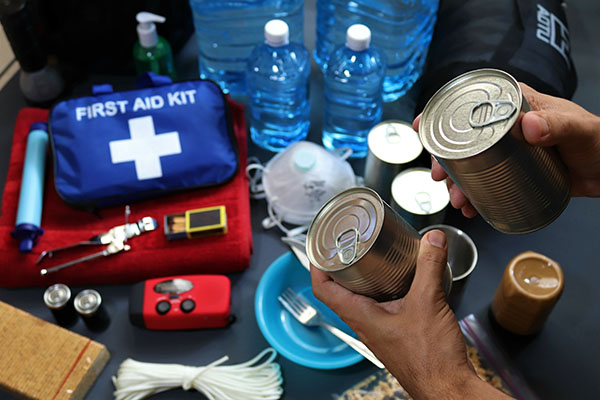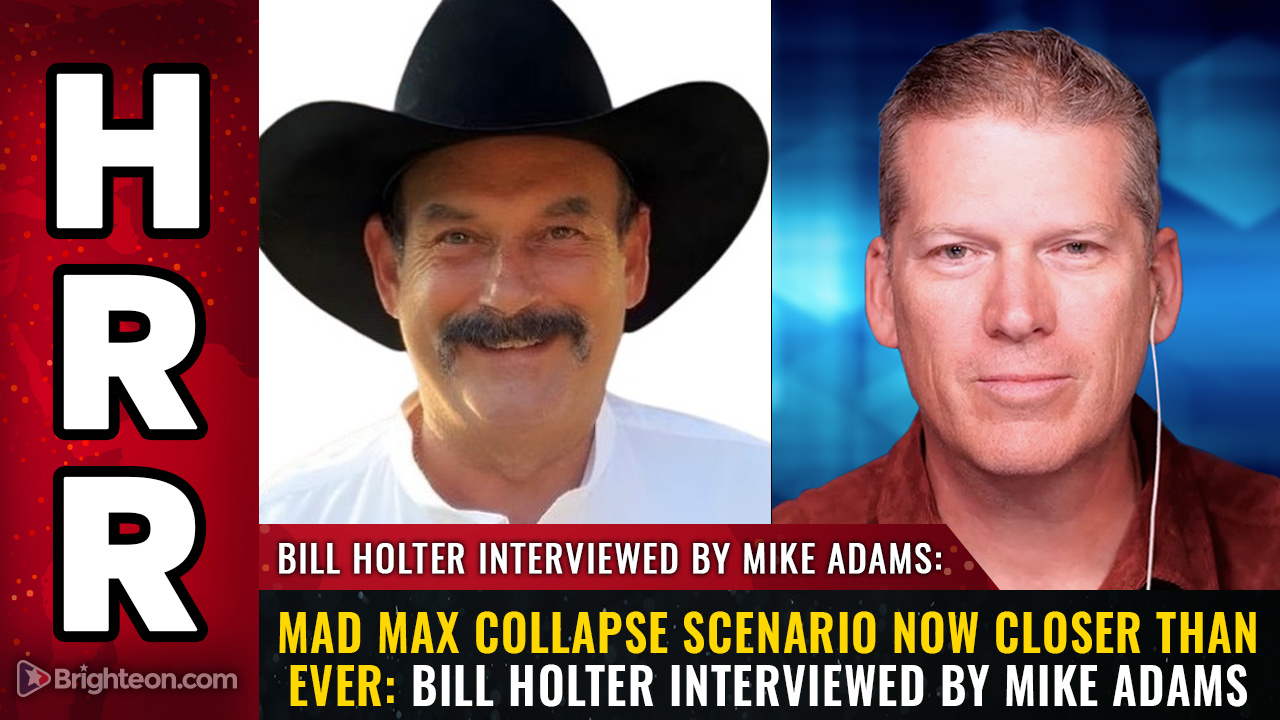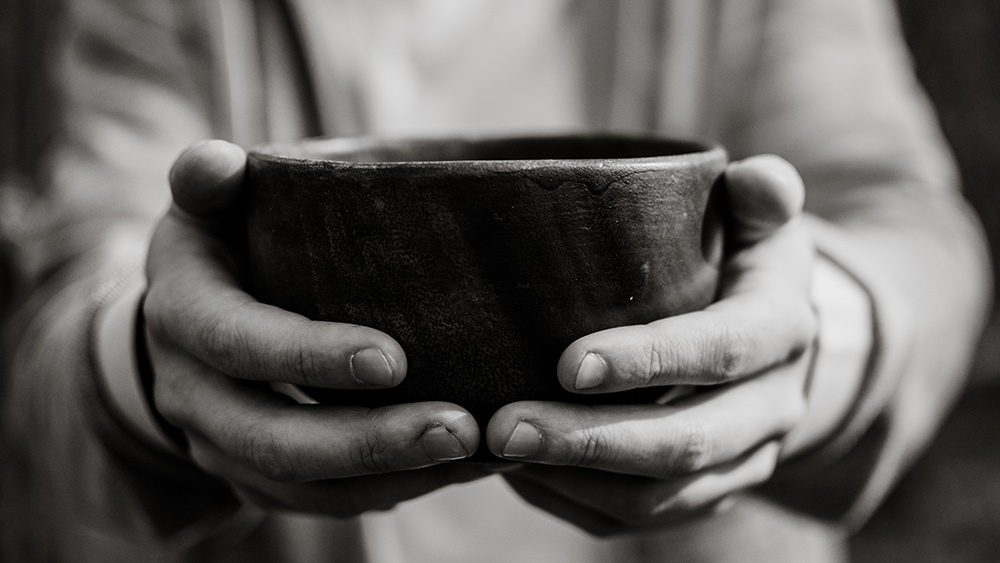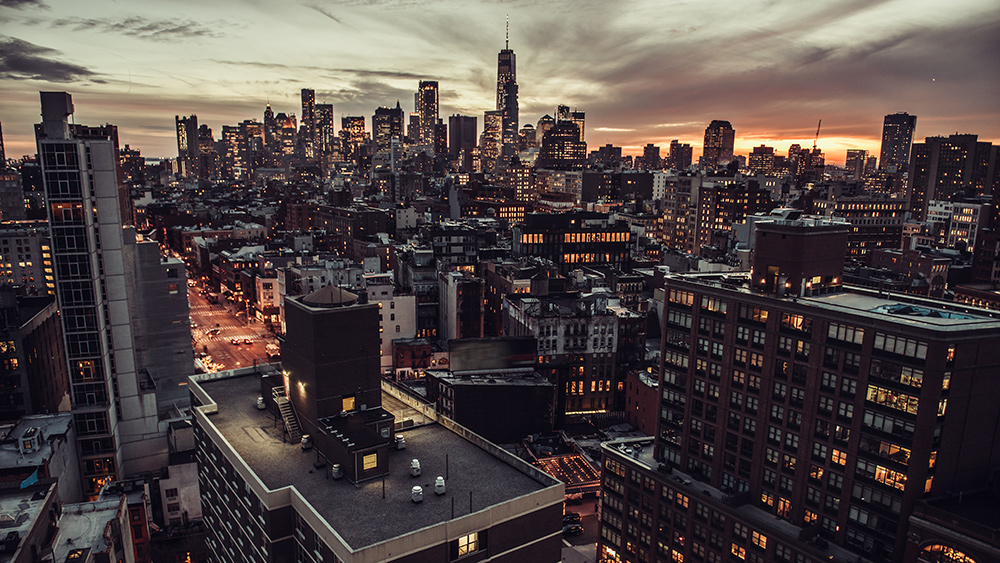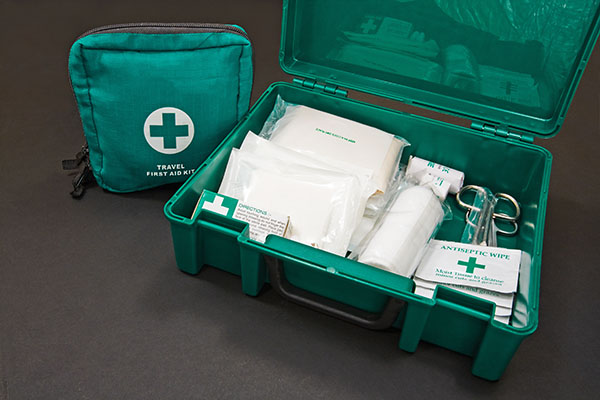Wildfire Smoke Plummets Midwest Air Quality, Triggering Unprecedented Health Alerts
08/04/2025 / By Willow Tohi
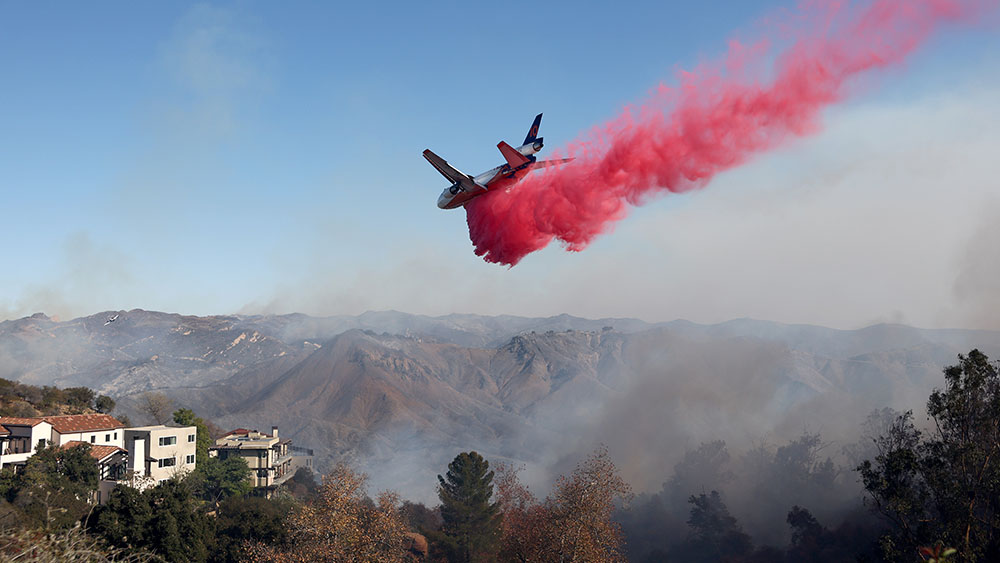
- Smoke from Canadian wildfires has caused hazardous air quality across six U.S. Midwestern states, with Minneapolis ranking among the world’s most polluted cities.
- Air Quality Index (AQI) levels reached “unhealthy for all groups” in Minnesota, exceeding 150 in some areas.
- Vulnerable populations, including children, the elderly, and those with heart/respiratory conditions, are advised to stay indoors.
- Pollution is expected to spread further south this weekend, potentially affecting Tennessee and Missouri.
- This prolonged smoke event mirrors worsening wildfire trends, with experts citing atmospheric patterns as a long-term concern.
MINNEAPOLIS — For three consecutive days, thick smoke from Canadian wildfires has blanketed the U.S. Midwest, plunging air quality to dangerous levels in six states and turning Minneapolis into one of the world’s most polluted cities. Real-time data from IQAir shows the Twin Cities ranked among global air pollution hotspots, while the Environmental Protection Agency’s Air Quality Index (AQI) hit red-level “unhealthy” thresholds, surpassing 150 in parts of Minnesota on Saturday, August 2, 2025. Advisories warned all residents—especially children, pregnant women, and those with respiratory or heart conditions—to avoid prolonged outdoor activities until at least Monday.
The smoke, drifting south from blazes scorching western Canada, has exacerbated a situation already described by meteorologists as “concerning due to prolonged surface-level particulate exposure.” Joe Strus, a National Weather Service meteorologist in Minnesota, noted, “You can taste and smell the smoke, which is a stark reminder of how concentrated it’s become.” While slightly improving conditions in parts of Minneapolis and southwestern Minnesota were reported Saturday afternoon, atmospheric models predict lingering risks for vulnerable groups and a southward shift of the smoke plume toward Tennessee and Missouri.
Air Quality Hits Critical Levels, Highlighting Risks for Vulnerable Groups
The AQI, a standardized measure of pollutant concentrations, uses a 0–500 scale to classify health risks. Scores above 150 pose danger to everyone, while lower thresholds impact sensitive populations. In Minnesota, areas like La Crescent and Pipestone saw AQI readings near 200, with fine particulate matter (PM2.5) estimated at four times the typical summer high. Health officials urged residents to keep windows sealed, avoid burning wood or candles, and use indoor air filters.
Dr. Emily Nielsen, a respiratory specialist at the University of Minnesota Health, emphasized the health hazards: “These particles can inflame airways, worsen asthma, and even trigger cardiac events in susceptible individuals. The extended exposure here is particularly worrisome.”
Shifting Atmospheric Patterns
Historically, Midwest smoke events were shorter-lived, with scattered thunderstorms breaking up plumes. But experts warn this year’s prolonged haze reflects re a climate-driven shift. Wildfire seasons in Canada have lengthened by weeks due to higher temperatures and drier landscapes, while stagnant atmospheric pressure systems—common in summer—are trapping smoke for days.
“This isn’t a one-off,” said Dr. Maya Kapoor, a climatologist at the EPA. “Rising global temperatures are fueling larger wildfires and creating weather patterns that keep pollution in place. Events like this are becoming a seasonal reality for much of North America.”
Strus concurred, noting, “Five years ago, we’d get a day or two of smoke. Now, these episodes linger for days. We’re all hoping the wind shifts soon—but we’re planning for this to be a regular summer feature.”
Communities Adapt Amid Long-Term Concerns
Local governments have activated emergency protocols, including cooling centers in heat-affected regions like Edmonton and free distribution of N95 masks in urban areas. However, many residents face barriers: homes without air conditioning, crowded shelters, or limited access to space-filtration systems.
Natalie Rivera, a Minnesota outreach worker, said, “Families here are exhausted. They’ve stocked up on masks and purifier filters, but air quality can change hourly. It’s hard to plan.”
A Seasonal Peril Becomes the New Normal
As skies in the Upper Midwest gradually clear, the event underscores the irreversible impact of wildfires on public health. With climate models predicting more frequent and severe smoke waves, states may need to invest in infrastructure—like air-quality monitors and green spaces—to mitigate these health risks. For now, millions in the region wait for the wind to shift, but as Strus put it, “This year’s not over yet.”
Sources for this article include:
Submit a correction >>
Tagged Under:
air quality, Canada, clean air, dangerous, disaster, economy, respiratory distress, smoke, wildfire smoke
This article may contain statements that reflect the opinion of the author
Get independent news alerts on natural cures, food lab tests, cannabis medicine, science, robotics, drones, privacy and more from NewsTarget.com
Get independent news alerts on natural cures, food lab tests, cannabis medicine, science, robotics, drones, privacy and more from NewsTarget.com
RECENT NEWS & ARTICLES
SHTF.News is a fact-based public education website published by SHTF News Features, LLC.
All content copyright © 2018 by SHTF News Features, LLC.
Contact Us with Tips or Corrections
All trademarks, registered trademarks and servicemarks mentioned on this site are the property of their respective owners.


